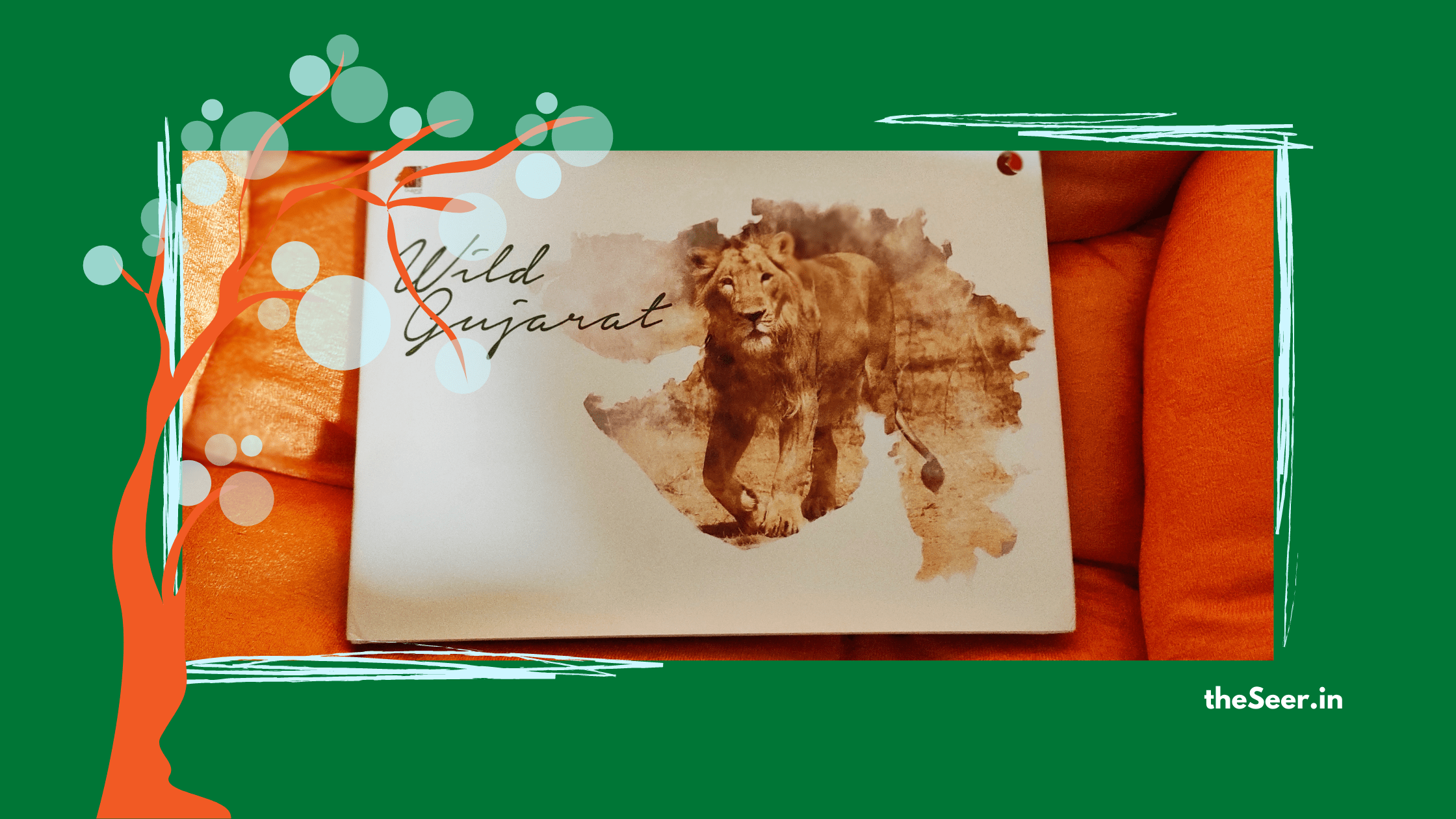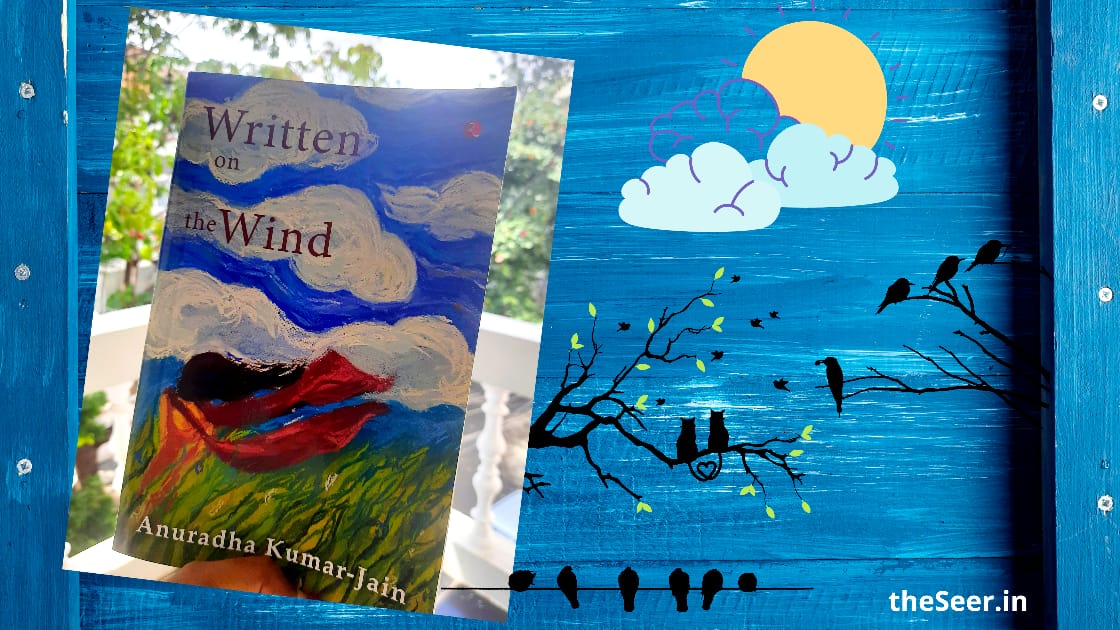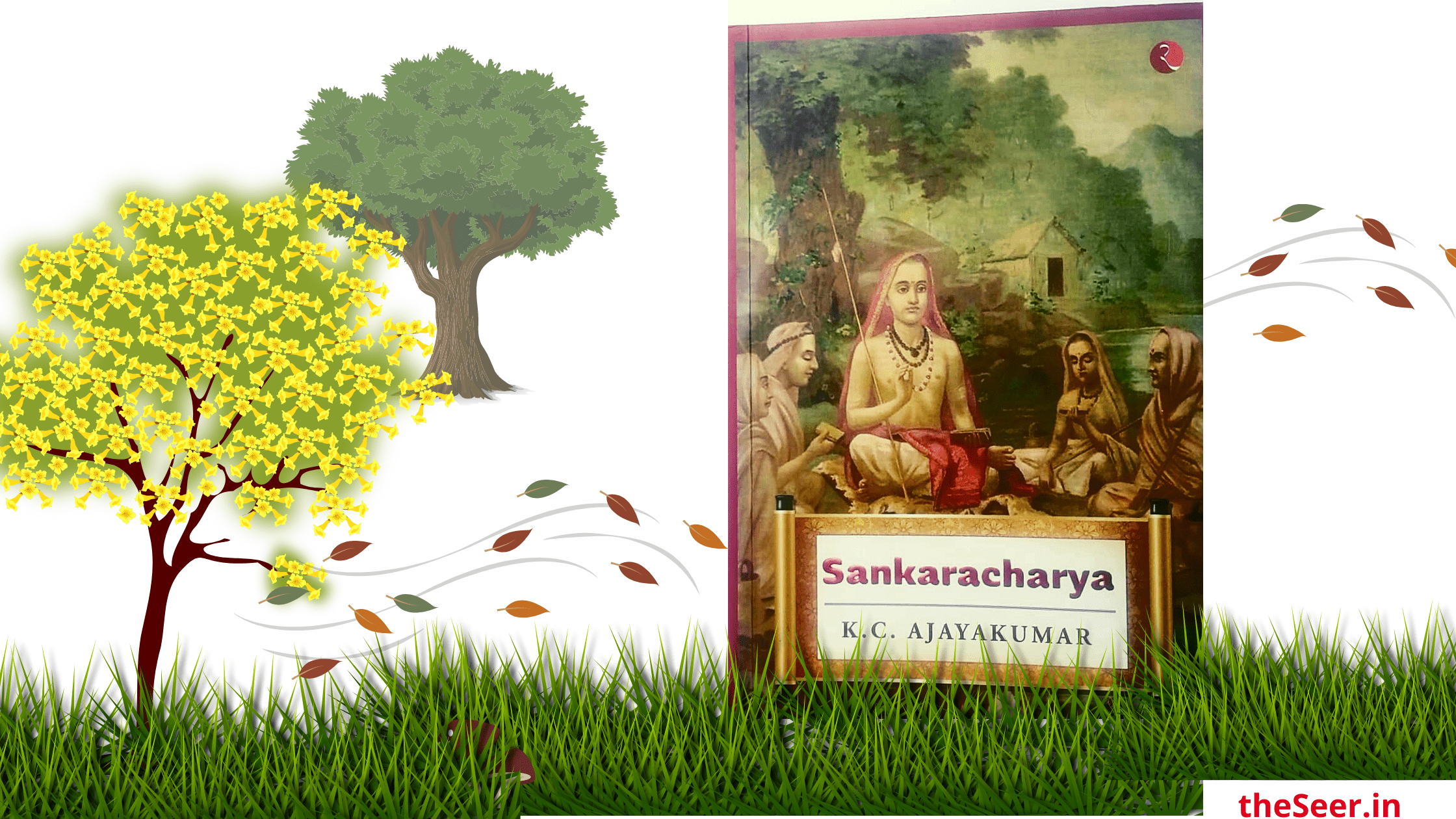In 1906, the charismatic 26th President of the United States, Theodore Roosevelt, was honoured with the Nobel Peace Prize for negotiating peace between Japan and Russia during the Russo-Japanese War. It is difficult to imagine that such a politician who was once a kingpin of global politics read, re-read and fell in love with a so-called “children’s” story about talking animals living by an English River. Theodore Roosevelt was one of the greatest admirers of Kenneth Grahame’s The Wind in the Willows. In 1908, while still in office, he wrote to Grahame how Mole, Ratty, Badger and Toad had become his companions. He loved it so much that he convinced a publishing house to take on the book, whereas England’s initial response to this endearing book had been rather dismal.
From the mid-19th century to the 1920s, the concept of childhood and its portrayal in literature underwent a significant change. The socio-political milieu contributed. Labour laws were rectified, more children began to attend school, literacy improved, and reading material became cheaper to print. In such a time in history, corresponding to the Golden Age of Children’s Literature and the Edwardian Era in England (1901-1910), The Wind in the Willows was a landmark publication in the literary tradition of anthropomorphic animal characters. They compete with AA Milne’s Winnie the Pooh universe to be the most famous human-like animals in literature. During this time, children’s fiction moved away from its instructional, pedagogic leanings. Narratives became about compassion, fun and frolic, domesticity, subtly expressed ideas of morality, and a romantic way of British living. For children, this is an adorable tale of four animals enjoying each other’s eccentric and warm company while exploring life as it passes them by, like the gleaming River around which space grows and blossoms.
For an adult in their 20s, what can The Wind in the Willows possibly signify? If one is to overcome the infantile nostalgia attached to Mole, Rat, Badger and Mr. Toad, what literary merit does this spectacular piece of animal fantasy contain within itself? As a child learning the art of finishing a book and understanding complex sentences, The Wind in the Willows was fantastical living at its best. It offered young minds the dual stimulation of thrill escape. As children, it makes us wonder, “Can animals talk?”, “Where is the hidden world where they have picnics with sardines and beer?” and “How do animals drive cars, paddle boats and dispense justice?” As children, books such as The Wind in the Willows, Alice in Wonderland and The Jungle Book imbue animals with charm and authority. So, when kids notice a rabbit lounging lazily in a pet store, there’s a chance that in the parallel reality of children, that hare is wearing a waistcoat.
Last week, I had the privilege (yes, I believe that is the term) to read the unabridged version of The Wind in the Willows for this article, and it was a beautiful, beautiful experience. Before, I had only read the Ladybird Classics version. Remember their graceful illustrations, soft fonts and smooth pages? The complete version is exactly 200 pages. It is a story of four friends; their species’ names becoming the names of their characters: Mole, Rat, Badger and Toad.
They live around a River, which is the centre of their lives and the focus of the surrounding landscape. Each is different from the other; their personalities, preferences, backgrounds, role in the group and yes, even financial standing! It is incredible how Grahame has built a world of animals where a Rat and a Mole sit by the fire and discuss how the latter gathered the funds to purchase his burrow. When the book is adapted for children, such aspects are left out because they are not too relevant. However, when you read it as an adult, these little details about wealth, inheritance, and Animal Etiquette add such a loveable layer of realism to the narrative.
A fascinating feature that I enjoyed reading was Grahame’s conversion of the geographical setting into full-scale characters. In the book, the English countryside is more than just a descriptive element, its purpose goes beyond beautification. Grahame injects each location with a distinct personality, mirroring its owner. The primary destinations are the River, The Wild Woods, Toad’s Hall, Rat’s Home, Mole’s Home and Badger’s Underground Burrow. While Toad Hall is large and showy, Badger has a hidden, functional, and practical burrow reflecting his paternal and reserved personality. One of the most unforgettable parts is The Wild Wood, where Mole loses his way in the fabled woods that Rat had forbidden him from entering alone. Grahame conveys the terror of the space through the gleaming eyes of unknown animals, the rustle of trees and the pitter-patter of footsteps. We don’t know who is following Mole or what those eyes are that shine at him through the dark stillness of a winter night. It is the sharp acoustic quality of the words that does the trick. It is a reminder of Lewis Caroll’s Jabberwocky, where we never get a perfect visual image, but its idea is terrifying enough. The way Grahame expresses the terror hidden in The Wild Wood is both frightening and amazing.
Grahame’s writing echoes his love for the countryside. He exhibits a clear bias towards nature and living in a rustic setting than in industrial cities. The detailed, idyllic descriptions of the River, meadows, woods, and every little berry and bush convey the soothing rural atmosphere. The possibilities of thrills and fun are much more in a pastoral setting. So, we have charming anecdotes of boat rides, walks, carol singers, picnics and road trips. Grahame’s disdain towards the uglier side of industrialisation is evident in how he writes about motor cars, a common motif for trouble and the source of unfortunate happenings in the story.
Two recurrent cultural symbols are food and home. Both are interconnected and important to the narrative, especially home. While adventure is important, Grahame believes that there is always unbound joy returning to the place you belong. The essential contribution of an animal/person’s home to their happiness is highlighted, connecting it to virtues like domesticity. Food is a part of that setup. So, the author spends a lot of time laying out an elaborate table for his animals and readers. Quintessential English treats function both as a connecting device and a symbol of stability after a distressing episode. Beer, lemonade, sardine, sandwiches, ham, cold tongue, gherkins and French Rolls are passed around to initiate friendship. In fact, I came across a blog by a lady who created an entire picnic menu inspired by the Rat and Mole’s picnic!
Today, I can see why it is such a popular book amongst children. It is a very different book. It has no human characters but a variety of animals that behave exactly like them. Moreover, they are not regular domestic animals like kittens, puppies or farm animals you find in nursery rhymes or television shows. Every aspect of the book is novel. For parents, Grahame’s inclination towards teaching children etiquettes, camaraderie, and acceptance is a benefit. Something that comes up repeatedly is Animal Etiquette, which talks about things like the correct time to visit someone or how to judge the situation before asking a favour. We are taught to be accepting of differences and make one another feel included. Badger’s character, who appears to be stern and anti-social, is a loveable paternal figure who is always around to mentor and help. It’s an invaluable lesson; do not judge someone at the first go.
Compared to a child’s imagination, The Wind in the Willows offers something entirely different for adult readers. It represents a charmed, simple life sprinkled with adventures, food, friends and coming back to cosy fireplaces and well-made beds for a good night’s sleep. It is a book you can read on days when the commute is too noisy, the traffic unbearable, and monotony raises its ugly head. The language has an elegant, transportive quality that practically airlifts one to the countryside. Mole, Rat, Badger and Toad’s realm is devoid of things that weigh us down; competition, complexes, and even romantic challenges. It is interesting to note how all the characters are bachelors, living a very standalone life with only their dearest friends!
If you are looking for comfort, The Wind in the Willows is a reliable choice. Remember when Mary Poppins, Michael and Jane jumped into Burt’s paintings and enjoyed a day in the country? The Wind in the Willows is its literary equivalent!
Take a trip down the River. Smell the sandwiches and lemonade.













